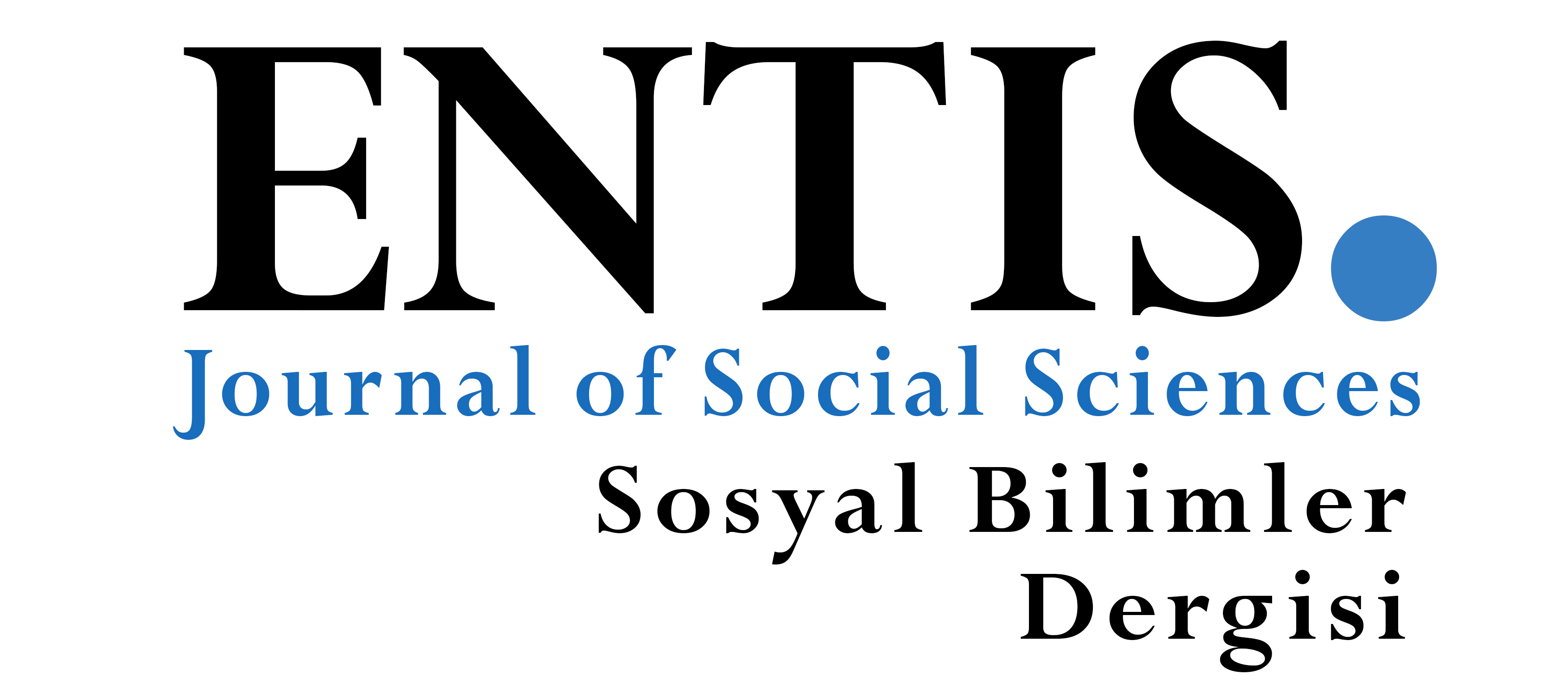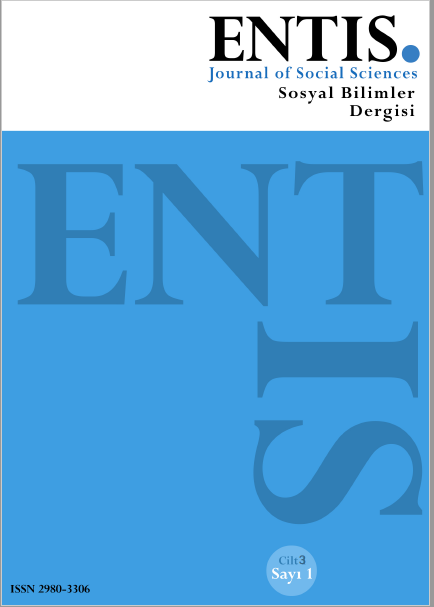The Prophet Muhammad’s (PBUH) Vision of Allah (SWT) During the Mi'raj According to Narrations
Keywords:
Ascension, Divine Vision, Hadith, Exegesis, Companions.Abstract
This article discusses whether the Prophet Muhammad (pbuh) saw Allah Almighty during the Miʿrāj (Ascension). Since the early period of Islam, notable Companions—particularly ʿĀʾisha and Ibn Masʿūd on one side, and Ibn ʿAbbās on the other—held differing views on this matter. Āʾisha, citing Qur’anic verses such as “Eyes cannot perceive Him,” argues that the Prophet did not see Allah but rather beheld the Archangel Gabriel in his original form during the Ascension. Conversely, Ibn ʿAbbās and the majority of scholars maintain that the Prophet actually saw Allah—either with his eyes or with his heart. In examining this issue, the study analyzes various Qur’anic verses from Sūrat al-Najm, Sūrat al-Takwīr, Sūrat al-Isrāʾ, and Sūrat al-Anʿām, along with relevant hadith sources. It particularly focuses on the commentaries of these verses and the narrations related by Companions such as ʿĀʾisha, Ibn Masʿūd, Abū Dharr, and Ibn ʿAbbās, comparing their differing arguments. The article concludes that there is no definitive verdict regarding whether the Prophet saw Allah during the Miʿrāj and emphasizes that both positions—affirming and negating the vision—have robust evidences. Ultimately, this question is situated within the framework of scholarly interpretation and ijtihād.



